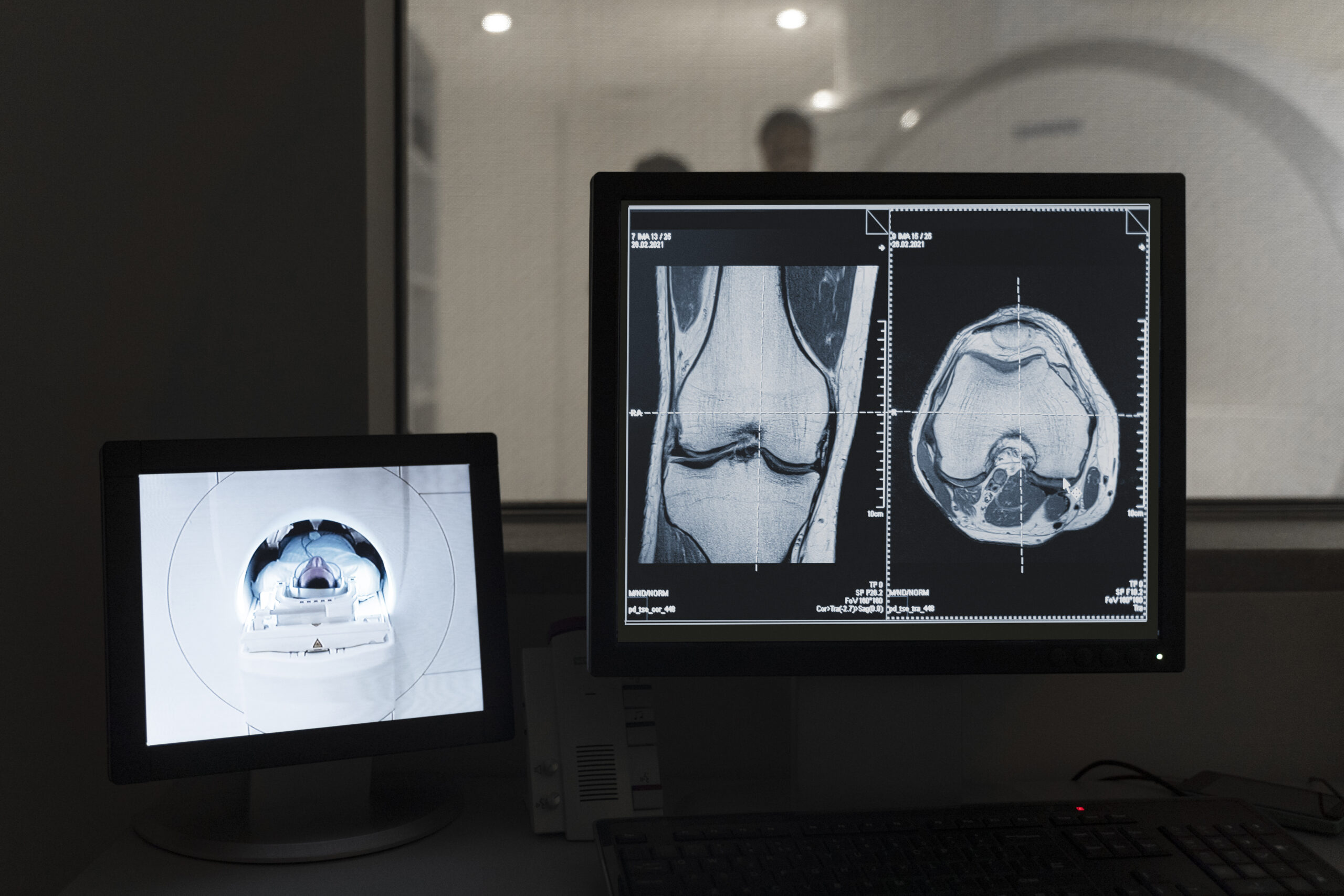In the ever-evolving landscape of modern healthcare, technological advancements have played a pivotal role in enhancing diagnostic accuracy, efficiency, and patient care. Among these innovations, Picture Archiving and Communication Systems (PACS) have emerged as a transformative solution within the realm of radiology. This article delves into the profound significance of PACS in revolutionizing radiology practices within the healthcare industry of the United States.
Streamlined Image Management:
PACS has revolutionized the way medical images are managed and stored. Traditional film-based radiography methods posed significant challenges in terms of storage, retrieval, and accessibility of images. With PACS, radiology departments have transitioned to a digital ecosystem where images are captured, stored, and accessed electronically. This streamlined approach has eliminated the need for physical storage space, reduced the risk of image deterioration, and accelerated the image retrieval process.
Enhanced Diagnostic Workflow:
The integration of PACS into radiology workflows has led to a remarkable improvement in the diagnostic process. Radiologists can now access patient images from virtually anywhere, enabling rapid and remote interpretation. This has proven invaluable in emergency situations, where timely diagnosis can significantly impact patient outcomes. The ability to manipulate and enhance digital images also aids radiologists in identifying subtle abnormalities that might have been missed in traditional film-based radiography.
Collaboration and Consultation:
PACS has facilitated seamless collaboration and consultation among healthcare professionals. In the interconnected healthcare landscape, specialists can effortlessly share images, reports, and findings across different departments and facilities. This interdisciplinary approach enhances patient care by allowing experts to collaborate on complex cases, leading to more accurate diagnoses and comprehensive treatment plans.
Efficient Reporting and Documentation:
The integration of PACS with Radiology Information Systems (RIS) has streamlined the reporting and documentation process. Radiologists can efficiently generate comprehensive reports and attach relevant images, simplifying the communication of findings to referring physicians. This expedites treatment decisions and reduces the likelihood of miscommunication, ultimately benefiting patient care.
Long-term Data Integrity and Accessibility:
One of the key advantages of PACS is its role in ensuring the long-term integrity and accessibility of medical images. Traditional film-based images were susceptible to damage, loss, and degradation over time. PACS eliminates these concerns by preserving images in a secure, digital format. This not only ensures the longevity of patient records but also facilitates retrospective analysis and research.
Cost and Resource Efficiency:
PACS implementation has led to substantial cost savings within radiology departments. The elimination of film and chemical costs, reduced physical storage requirements, and enhanced operational efficiency all contribute to a more cost-effective radiology practice. Moreover, the digital nature of PACS minimizes the need for physical space, allowing healthcare facilities to optimize their resources.
Data Security and Privacy:
PACS systems prioritize the security and privacy of patient data. Stringent access controls, encryption, and compliance with healthcare regulations such as the Health Insurance Portability and Accountability Act (HIPAA) ensure that patient information remains confidential and protected. This level of data security is vital in today’s digital age, where cyber threats are an ongoing concern.
The significance of Picture Archiving and Communication Systems (PACS) in the radiology sector of the USA healthcare industry cannot be overstated. From optimizing image management to enhancing diagnostic workflows and promoting collaboration, PACS has revolutionized how radiology is practiced. By embracing PACS technology, healthcare facilities not only improve patient care but also pave the way for a more efficient, accurate, and interconnected approach to diagnostic imaging.
Saince Inspire PACS is a powerful reading workflow platform that simplifies physicians’ reading activities and centralizes the management of studies. Beyond consolidating multiple reading specialty systems, Saince Merge Enterprise PACS is uniquely designed to handle high-enterprise imaging volumes, perform in diverse reading environments (local, remote, dispersed and teleradiology), and enable providers to seamlessly scale their care delivery.
